
For many people growing up, Toonami wasn’t just a set of cartoons—it opened the door to a whole new world of stories. When Cartoon Network launched Toonami in 1997, no one predicted how popular it would become. It created a unique and intriguing space, and weekday afternoons and Saturday nights became special because of the action heroes who were unlike anything else on American television.
Toonami introduced a generation to the captivating world of Japanese animation, showcasing both its exciting action and deeply moving stories. Shows like Sailor Moon and Yu Yu Hakusho weren’t just entertaining; they built passionate fan communities and influenced countless artists and fans who grew up watching them. The 1990s and 2000s were Toonami’s peak years, providing many people’s first experiences with anime and stories centered around themes of friendship and destiny. Whether they became mainstream hits or beloved cult favorites, each series played a part in building Toonami’s lasting legacy.
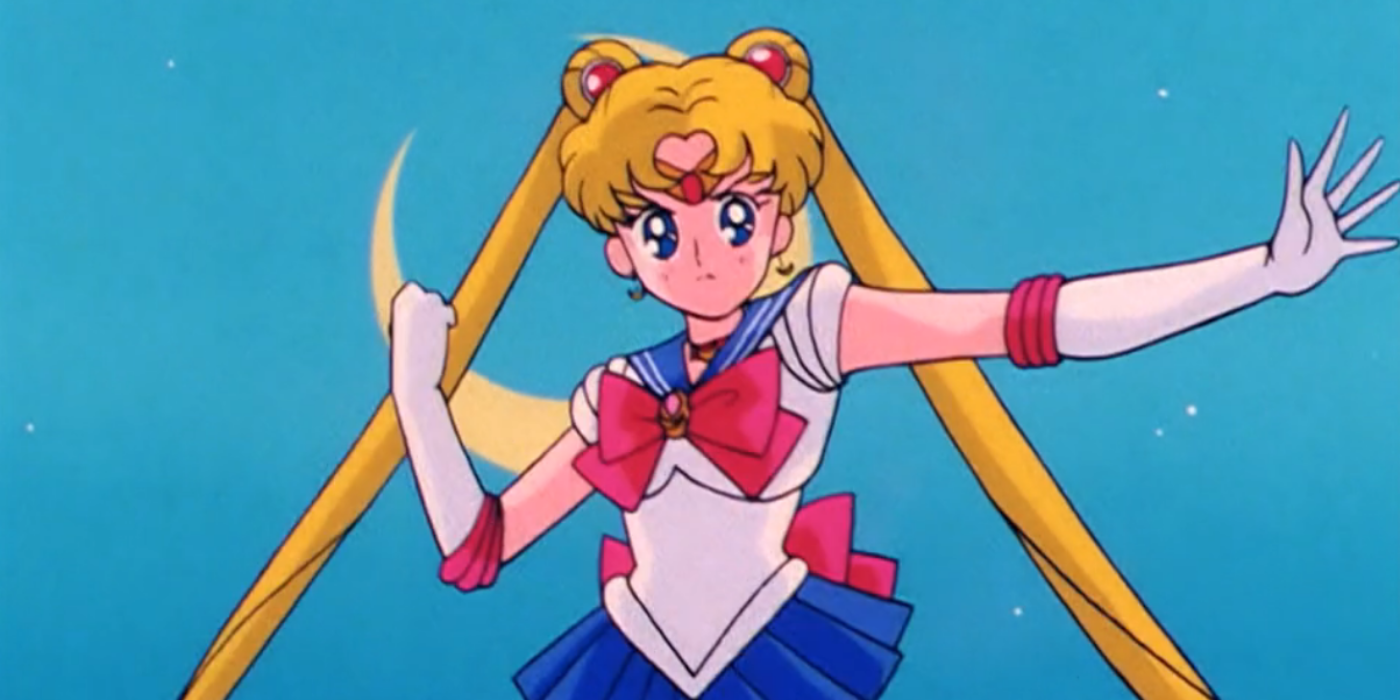
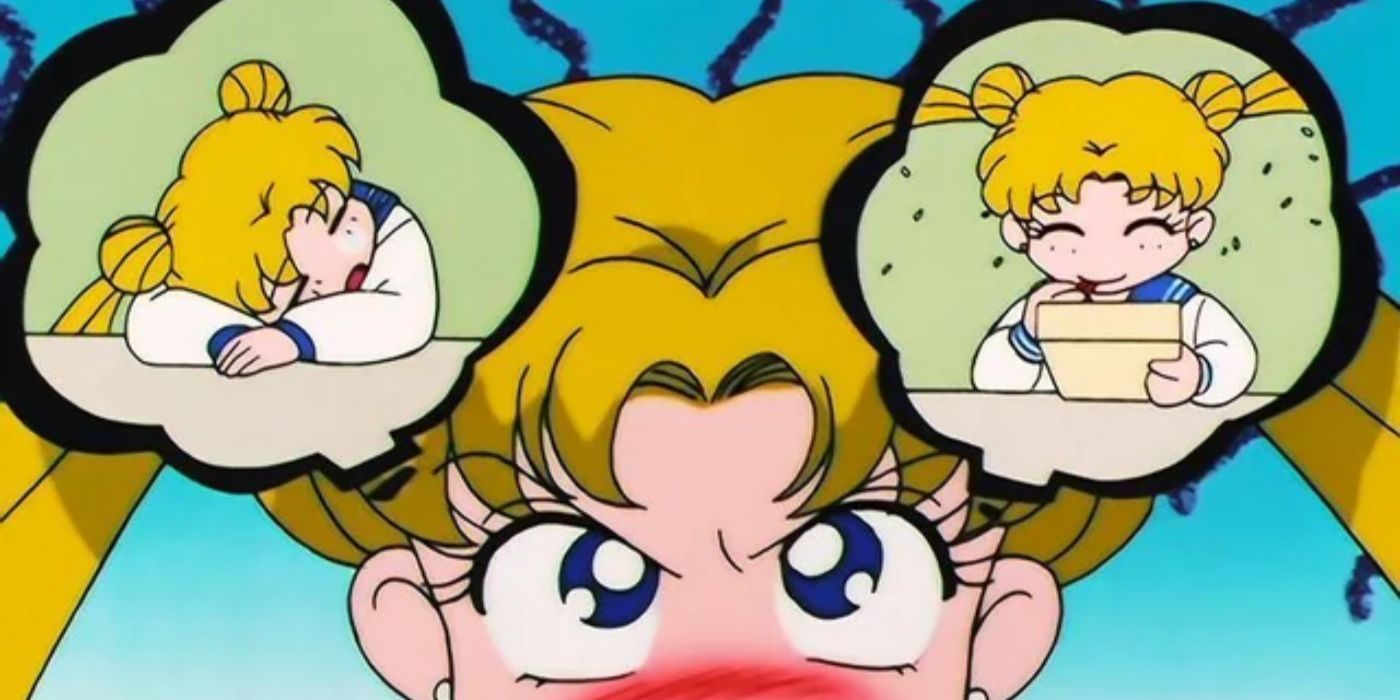
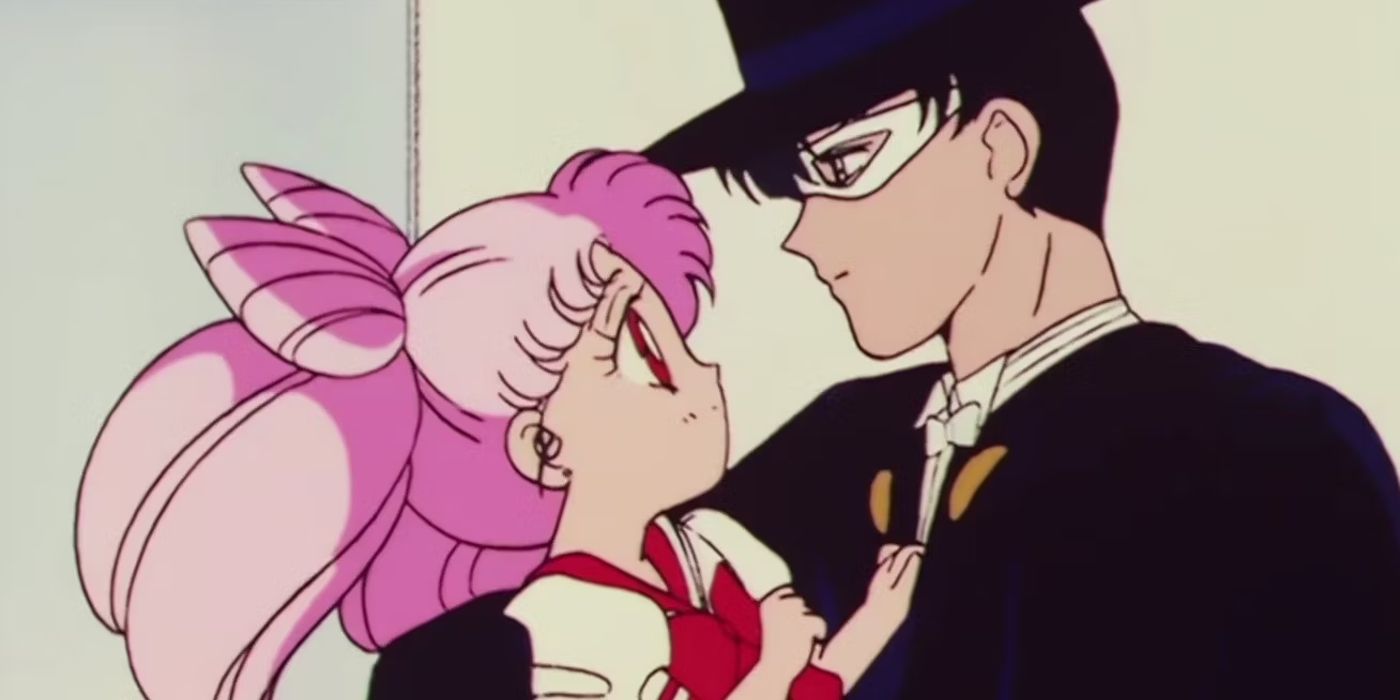
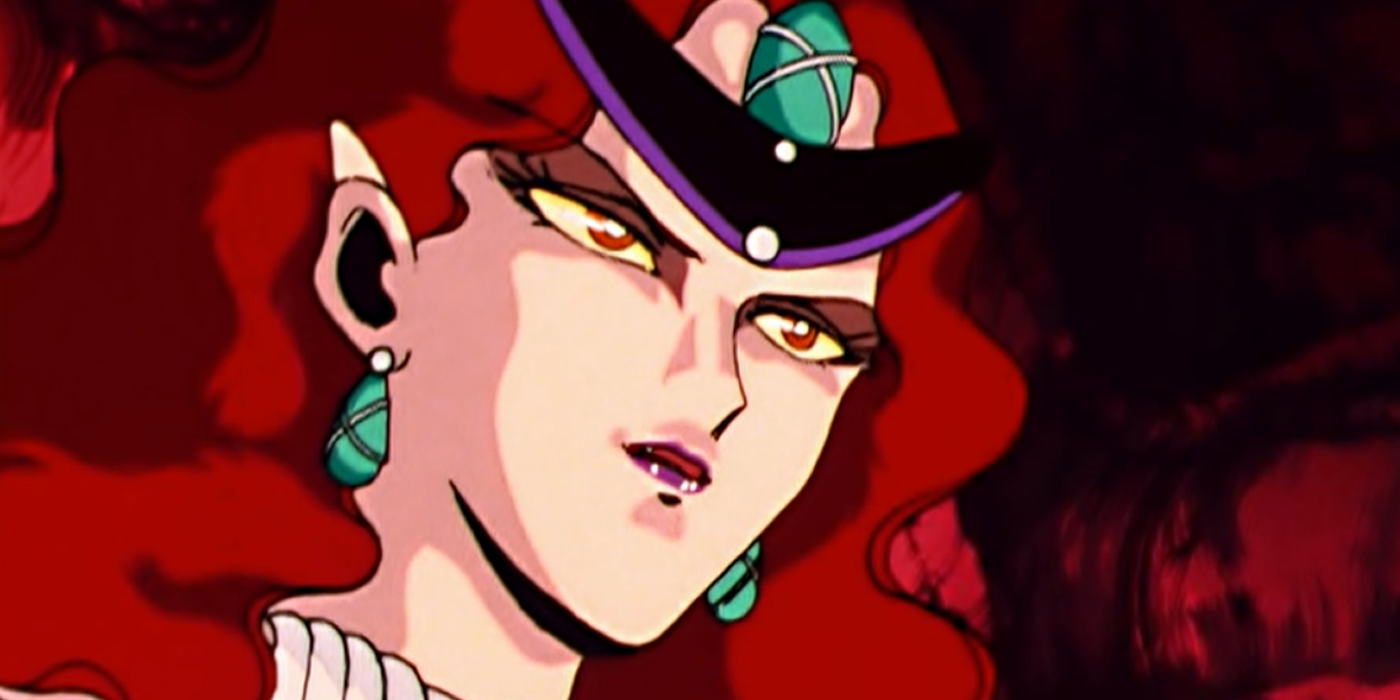
Before popular action anime like Dragon Ball Z and Naruto became popular on Toonami, Sailor Moon was one of the block’s biggest hits. It introduced a whole generation to anime and proved that strong female characters could lead an exciting and inspiring story. Watching Usagi Tsukino grow from an awkward student into a powerful hero was both fun and uplifting.
Blending comedy, romance, and exciting conflicts, Sailor Moon appealed to a broad audience – both boys and girls – which was rare for anime in the 1990s. Its debut on Toonami demonstrated that shows could successfully combine heartfelt emotion with action-packed transformations. The series became incredibly popular, inspiring cosplayers and the next generation of anime artists. Sailor Moon also showed viewers that compassion and love are powerful forces.
The Big O was a standout show on Toonami. It blended the thrilling action of giant robots, like those in Gundam, with the mood and style of classic detective stories. The series centered on Roger Smith, a skilled negotiator who fought in a massive robot called Big O, all within the mysterious city of Paradigm, a place where everyone had forgotten the past.
What really set The Big O apart was how fans played a role in its continuation. The original Japanese run only lasted one season, but due to overwhelming demand from Western viewers, a second season was made with American help – something very few anime have ever achieved. The show’s blend of mystery, sadness, and striking visuals made The Big O a true standout success for Toonami.
Before anime became a late-night staple, Tenchi Muyo! introduced the idea of a teenage boy surrounded by otherworldly women to Toonami viewers. The show follows Tenchi Masaki, a normal high schooler who unexpectedly finds himself attracting the attention of aliens, a space pirate, and a princess. Though it could have easily been a silly comedy, Tenchi Muyo! was surprisingly touching, blending sci-fi action with a heartwarming story about finding family in unexpected places.
Tenchi Muyo! was a unique anime that balanced silly humor with genuinely touching scenes. It helped prove that Japanese animation could be about more than just action and explosions. For many viewers, it served as an introduction to the more creative and nuanced side of anime, and its quirky characters and fresh approach broadened the appeal of the Toonami programming block.
Despite not reaching the same mainstream popularity as anime like Dragon Ball Z or Naruto, this show remains a dedicated cult favorite on Toonami. The story centers on Gene Starwind, a somewhat reckless space bounty hunter chasing after fame and wealth. Along with his partner, Jim, and a puzzling character named Melfina, Gene embarks on a thrilling adventure across a galaxy filled with pirates, assassins, and other dangers.
What set Outlaw Star apart was its blend of Western and samurai influences. Its mix of comedy and exciting action made it a particularly stylish anime for its time. The show’s vibrant world and emotionally resonant finale gave the story a lasting impact on viewers. While other anime eventually gained more popularity, Outlaw Star remains an important piece of Toonami’s history.
When Rurouni Kenshin first appeared on Toonami, it captivated audiences with its blend of exciting sword fights and thoughtful themes. The series, set in Japan’s Meiji era, centers on Kenshin Himura, a former assassin who now wanders the country, determined never to kill again. What made Rurouni Kenshin so compelling was its powerful emotional core – it seamlessly combined thrilling, beautifully animated battles with complex explorations of forgiveness and what’s right and wrong.
I was completely captivated by Rurouni Kenshin when it first aired! It was so refreshing to see a hero, Kenshin, trying to live by his beliefs and avoid fighting, even when everyone around him wanted a brawl. It really hit home as a kid, showing me you didn’t need to defeat enemies with force to be a winner. Plus, the show had this amazing historical feel and characters you could really get invested in – it was a huge part of what made Toonami so special back then. Honestly, before Naruto and Bleach brought all the ninja and spirit stuff to TV, Rurouni Kenshin showed everyone how perfectly anime could combine intense action with really thoughtful, emotional moments.
With its unique blend of supernatural action and heartfelt moments, Yu Yu Hakusho truly stood out on Toonami. The series follows Yusuke Urameshi, a rebellious teen who becomes a spirit detective, and features some of the most exciting tournament arcs in anime history. What really made the show special, though, were its characters. Yusuke was bold and impulsive, Hiei was cool and intense, and Kuwabara was fiercely loyal, creating a dynamic that felt genuine and relatable.
The fights in Yu Yu Hakusho weren’t just action-packed; they carried a lot of emotional weight. Even today, the animation holds up, with a dynamic and cinematic style. But what truly made the series a classic was its overall feel. It balanced heartfelt moments, comedy, and the importance of never giving up, which really connected with the teenage viewers watching on Toonami, who were drawn to anime with a bit more depth and maturity.
I remember watching Naruto on Toonami back in the early 2000s, and it really took off. It was captivating to see this kid, Naruto, just wanting to be accepted by everyone around him. Every training sequence and sad memory they showed felt like it built onto an already amazing series, packed with action but also a lot of heart.
The challenges the characters faced, and the strong bonds they built, made each success feel truly deserved. Toonami was the perfect platform for these impactful moments, creating a must-see experience for fans eager to see what happened next. Naruto proved that anime could still become a major cultural phenomenon, even long after the popularity of DBZ. It sparked a new wave of trends – from headbands and memorable phrases to passionate debates – all hinting at the rise of a new icon.
Many fans first discovered the exciting world of giant robot anime with Mobile Suit Gundam Wing. The show combined a complex political story with thrilling battles between huge robots. It felt like an epic saga with a rich history, unlike anything else on television at the time. The series centers on five young pilots, each from a different planet, who use their special Gundam robots to fight against oppression. Each Gundam and its pilot embodies a different idea about what’s right and how to wage war.
Many action shows avoid complex themes like morality and power, but Gundam Wing made them central. Remarkably, it still delivered exciting, beautifully animated space battles. By blending political drama with thrilling action, the show boosted Toonami’s popularity and proved that anime could be both fun and intellectually stimulating.
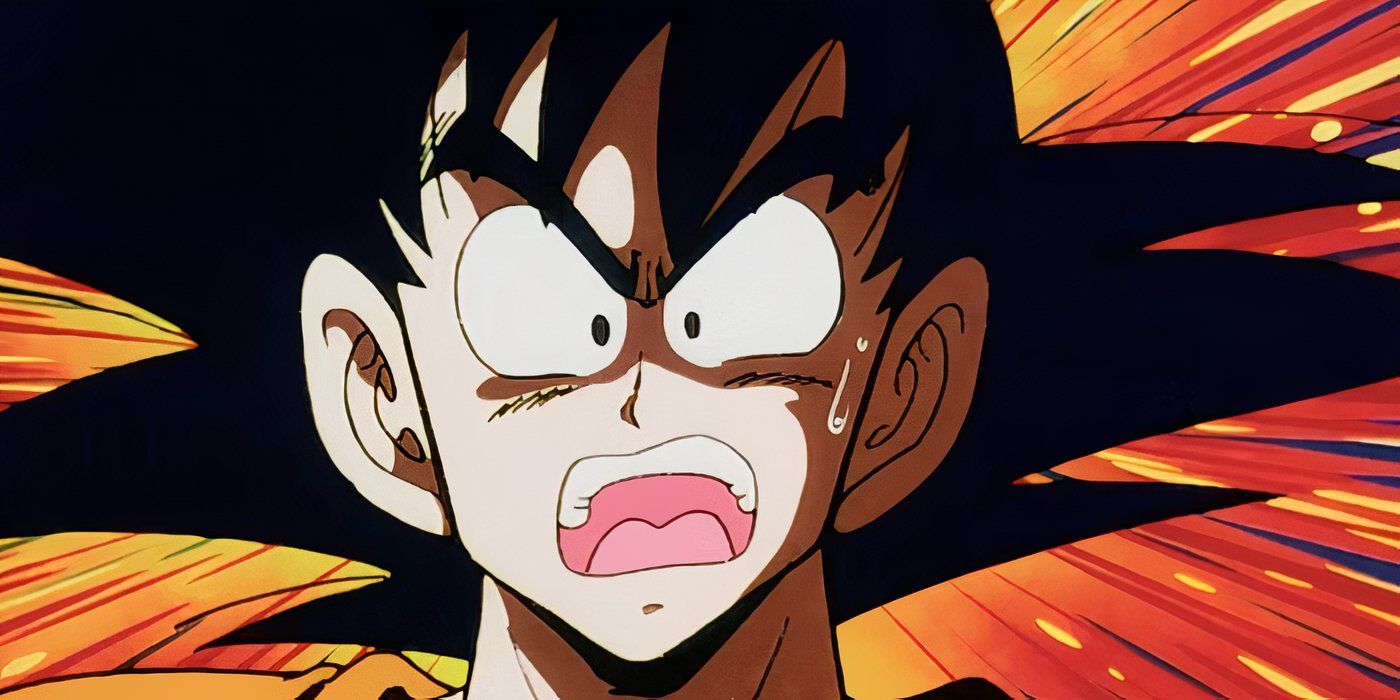
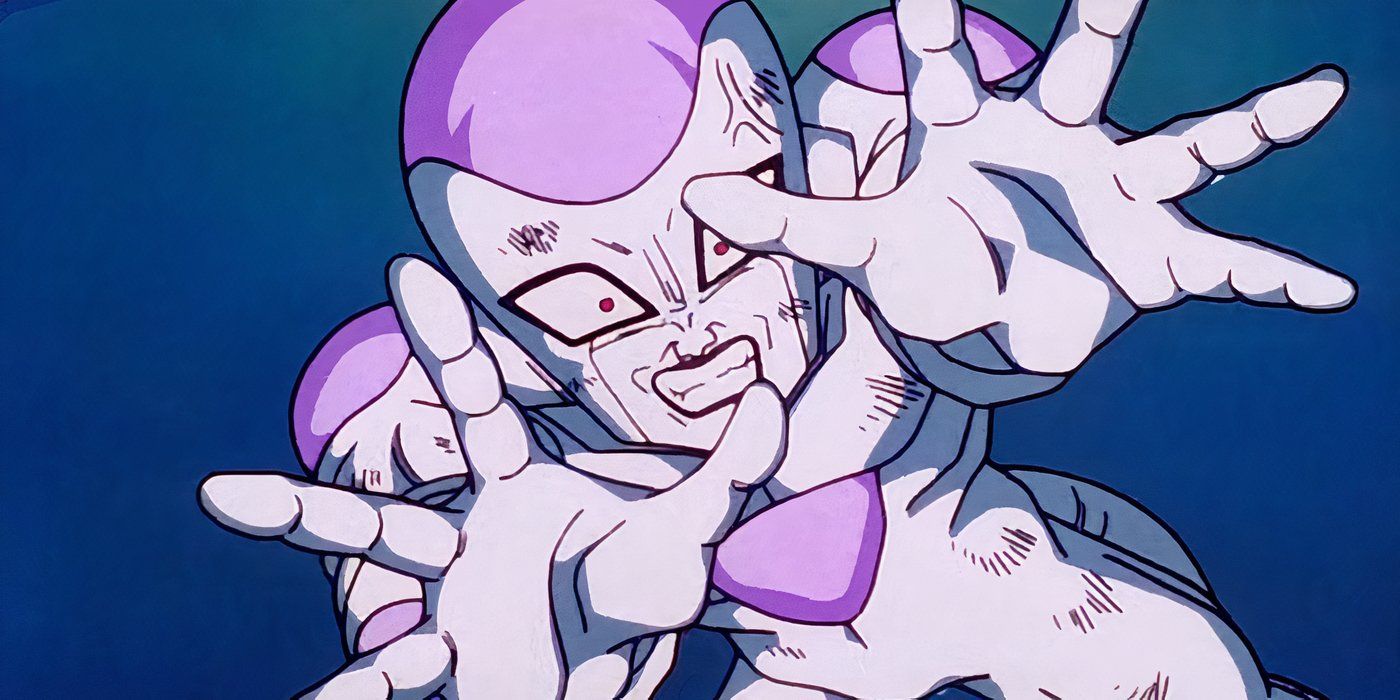

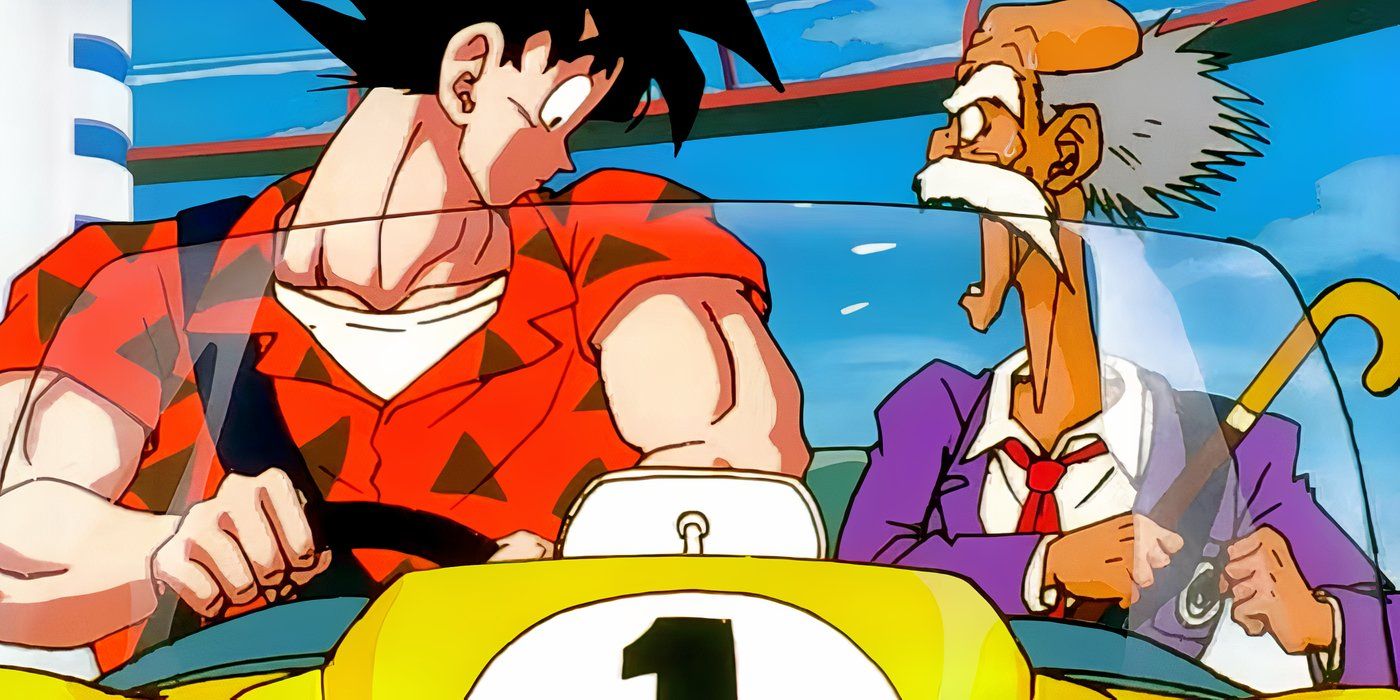
Dragon Ball Z wasn’t just Toonami’s most popular show – it was essential to the network’s success. From Goku’s first battle with Raditz to the epic fight against Majin Buu, DBZ transformed weekday afternoons into a global phenomenon. Its thrilling action and unforgettable characters essentially paved the way for the many action-packed anime series that followed.
Toonami’s memorable commercials helped make the world of Dragon Ball Z feel truly alive. The show, where characters constantly grew stronger facing overwhelming challenges, perfectly captured the spirit of Toonami. Dragon Ball Z was the foundation of Toonami’s popularity and had a huge impact on global pop culture. Even now, it’s DBZ that people remember when they think of Toonami, and what sets it apart from just being a TV schedule.
Read More
- Золото прогноз
- Percy Jackson Season 2’s Tyson Explained: Everything You Need To Know About The Cyclops Character
- Supergirl Movie Will Clarify Superman 2025’s Most Controversial Retcon, Confirms Star
- Прогноз криптовалюты BNB: прогнозы цены BNB
- Прогноз криптовалюты IP: прогнозы цены IP
- Прогноз нефти
- ‘Y: Marshals’ Trailer Unveils Latest ‘Yellowstone’ Spinoff
- The Teenage Mutant Ninja Turtles Go Back to Basics in a Preview of a New Era
- 🤑 Сокровищница ETH Bitmine достигла 4M! Акции – как американские горки, детка! 🚀
- Почему программа выкупа токенов Aster стала ошеломляющей неудачей?
2025-11-06 07:44